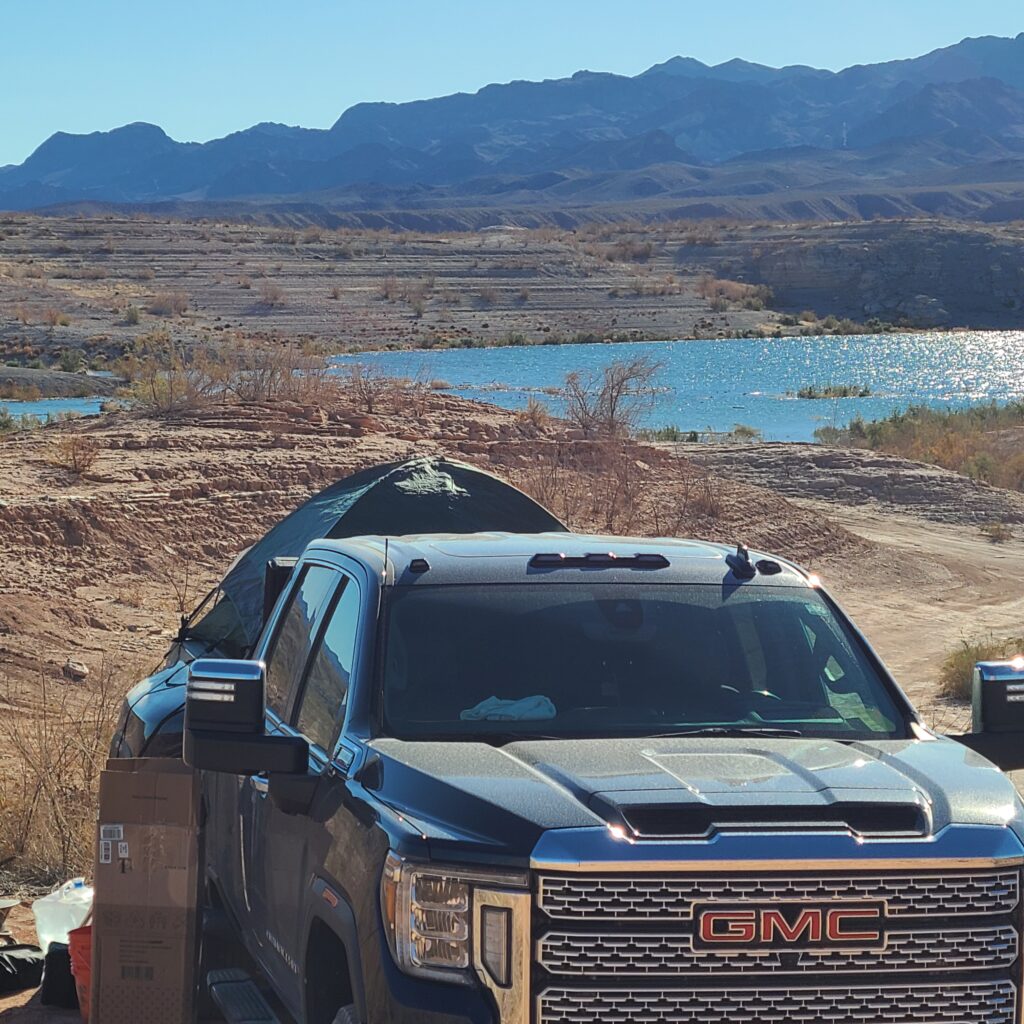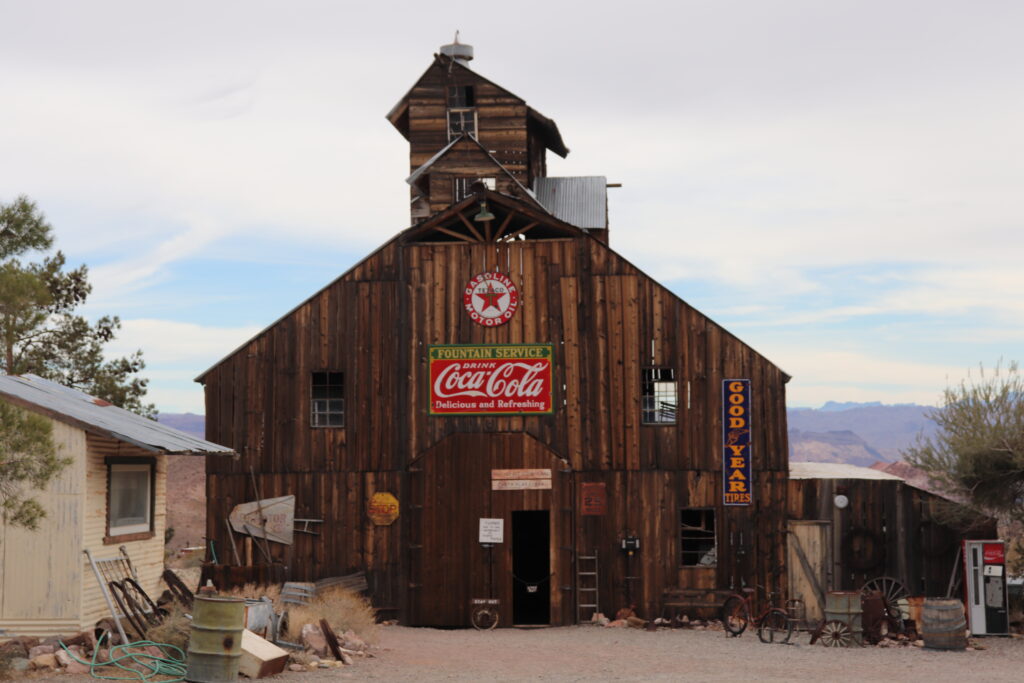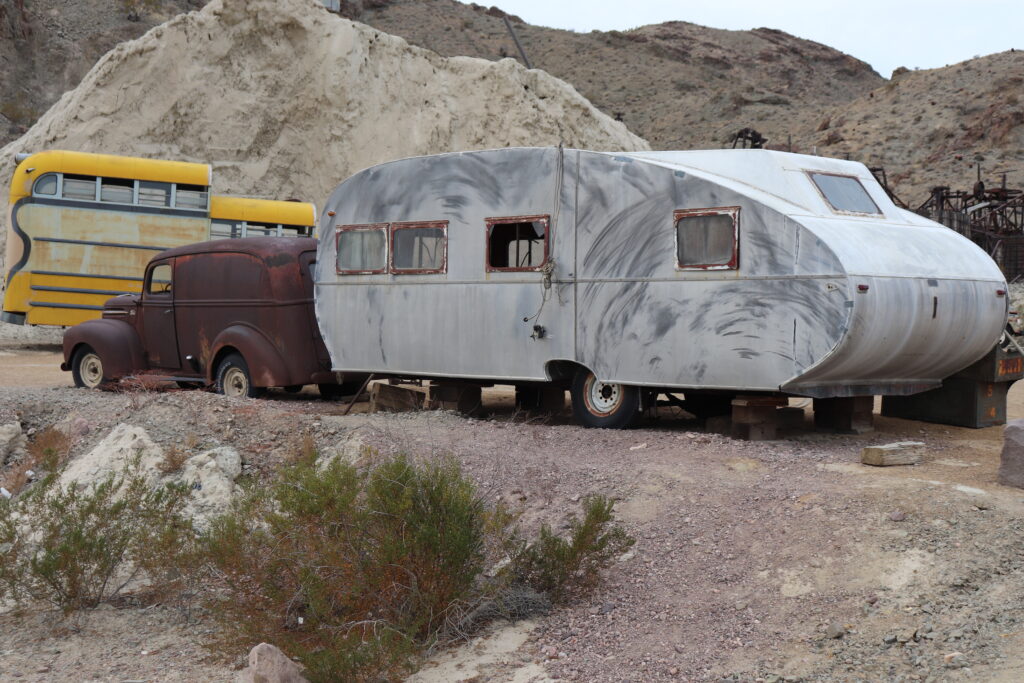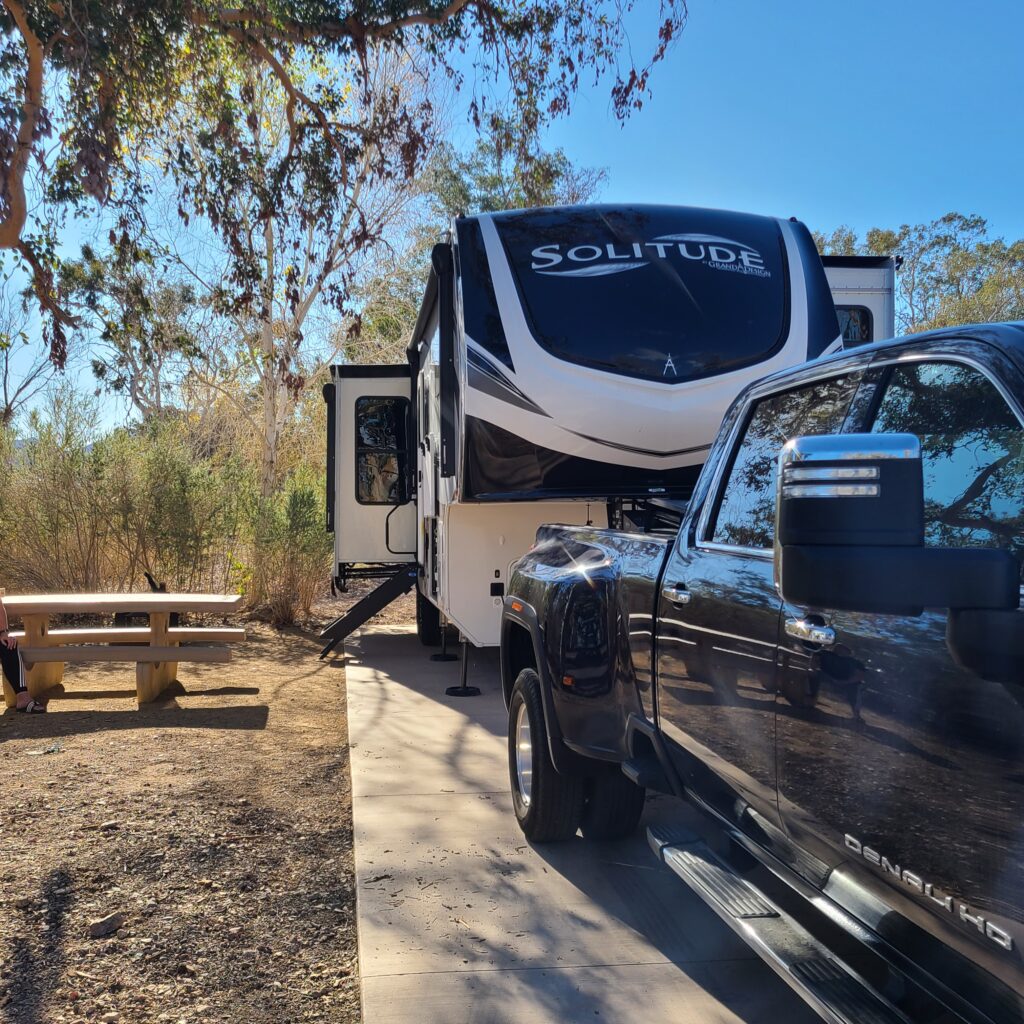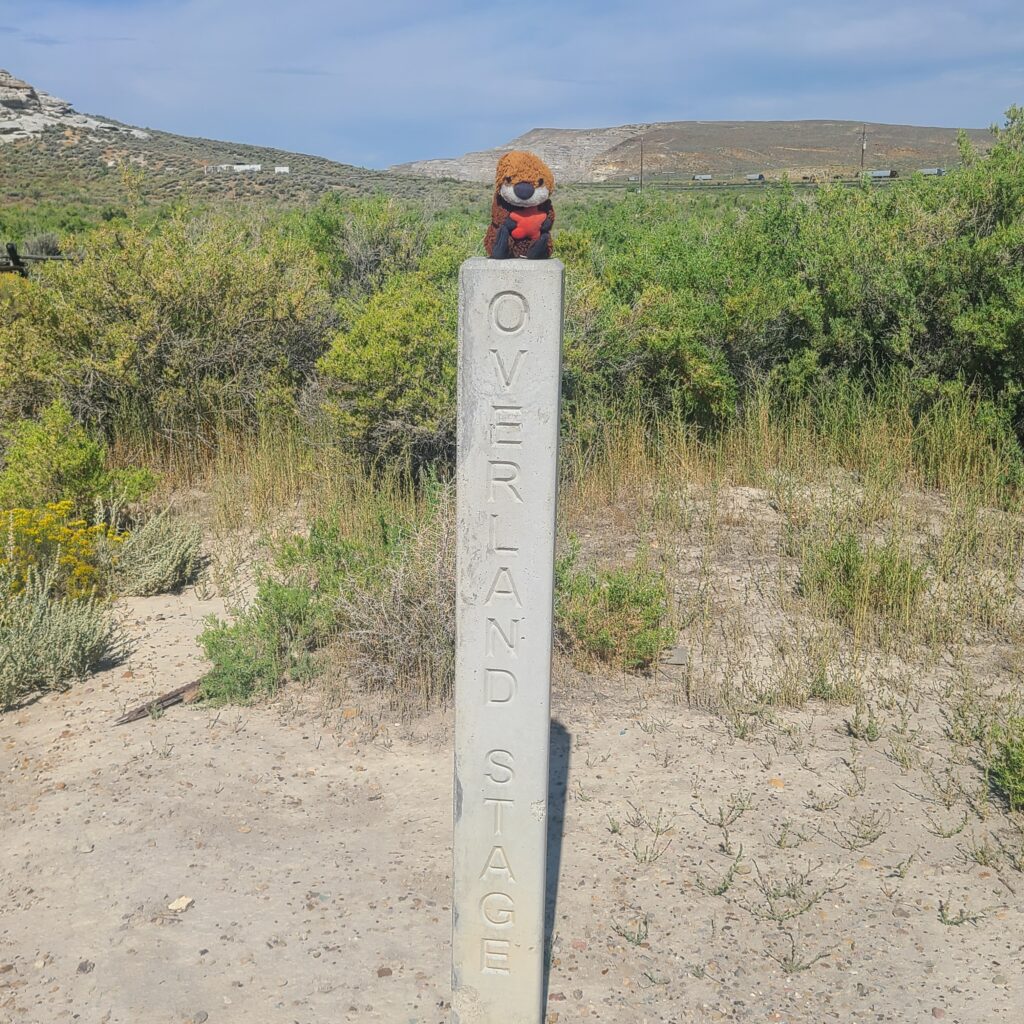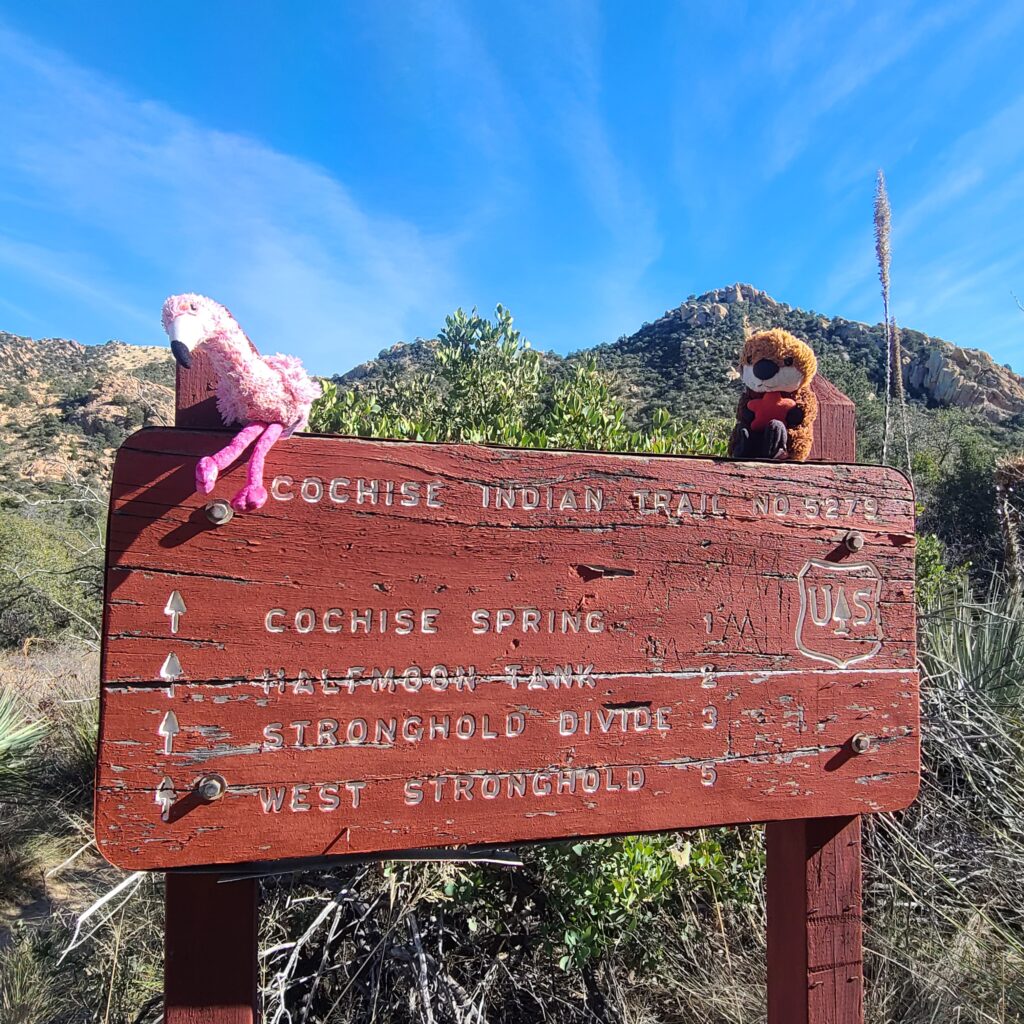RV FLEX
The latest in RV issues.
I have RV flex, you have RV flex, everyone has RV flex if they drive or move their RV at all. This is just an inherent part of pulling a trailer or driving a large coach. The frames are designed to flex somewhat and the coachwork is designed to do the same thing. All, yes all frames flex, to a point. If it were completely rigid it would suffer worse stress and fail much sooner. Even the mightiest of ships and buildings are designed to flex, to relieve stress and survive everything from potholes to earthquakes and rogue waves.
So, what is the issue if every frame flexes? Well, there seems to have been some issues with the production lines in the last few years. It seems that the production welders were either not following blueprint designs or there were changes in those designs that left a lot of strengthening welds off of some frames. These frames appear to be on the heavier trailers over 35 feet in length and the frames were built by Lippert. This is not surprising, as most towable RV frames are made by Lippert. These frames appear to be flexing too much (there is a reason why engineers are employed and blueprints are drawn) and going beyond normal tolerances, causing the welds to fail and the structure to become broken. This, is not a good thing.
When I first heard about this issue was when we were at the Tiffin repair center and a number of their large Vanleigh coaches were coming in with failed seams and they were taking the noses off and re-welding with added stiffeners in the hitch/floor area. I was told by the service guys that this was a known problem and they were used to them coming in. Now we see a lot of issues coming out about this over-flexing/lack of proper welding. It is not just confined to any one manufacturer, but seems to be cropping up across the board with frames made by Lippert.
Before continuing, understand that I was employed as a production welder in a shipyard for some time. I can read blueprints and have done custom metal fabrication for a living.
Where does the blame lie? There are four phases of responsibility in my eyes:
- The component manufacturer (Lippert) who produces the frames: With everyone from the end manufacturer to the production welder and most importantly, the quality control inspector. Obviously the RV manufacturer has made requests of the frame production company for units that are out of standard specifications. Whether those requests are made for engineered designs or the manufacturer suddenly decides to add more weight, it doesn’t matter. The basic specifications for the frame production should be the same. The welder working the line should know where there needs to be welds per the blueprints, the quality control inspector should know that those welds should be in specific places according to the same blueprints. These two people need to be doing their jobs in the first place as they are the first line in making a quality product. Like the old saying goes, a house is only as good as its foundation.
- The end manufacturer who is putting all the basic structural payload on that frame. Is their quality control office looking at the frames to make sure they are within specifications for the frame they designed and requested for the models they are building? Are they adding too much weight in the wrong places for the base frame they are using?
- The Dealership that you bought at. Did they tell you all the ins and outs of the rig you buy? Do they have a legitimate repair/service department that you can get into for service? Do they know about consumer issues surrounding units on their lots and let you know or do they hide it from you?
- The end user/consumer, yep you and I. Are we to blame as well? Absolutely. How much does your 5th wheel weigh, are you over the specs? Is there an extra toolbox full of “might be needed” in the basement? Did you change to a non-standard hitch? Are you using an undersized truck to pull that monster you bought to live in? Did you do your research prior to buying this rolling condo? Do you do jackrabbit starts, pull over less than ideal roads, do emergency stops? Thes all contribute to stress on the frame and cause flex. Are you living in an RV that was designed strictly for occasional use and now you are putting the stress of daily life on that rig?
Is this a Lippert problem? In my opinion, YES. They manufactured frames that they know have inadequate welding/reinforcement. Is it the RV makers problem, YES. The issue, as I see it, has many facets. The frames, made by Lippert, are made to meet the end manufacturers specifications. Lippert builds these frames to a basic design and then they add to that design as the RV makers request changes. Those end user requests should not override the basics of design and strengthening. If a welded gusset needs that weld on both sides of the piece, then it needs that weld, regardless of other designs.
Have the RV manufacturers put too much weight or coach on undersized or inadequate frames? I am not invoved in their design or engineering process but, if you are over stressing the nose of a fifth wheel frame, then you are probably asking too much of that structure. The structure of the fifth wheel overhang is the most crucial weak point of the RV. This is where all the towing stress of the entire RV and tow vehicle come together. Everyone out there is familiar with pin weight and payload weight of both the coach and the tow vehicle. According to the manufacturers, about 1/3 of the weight of the RV is transferred to the tow vehicle. This arrangement leaves 2/3 of the weight of the RV behind the 90 degree angle where the box of your RV meets the fifth wheel. This is a rigid 90 degree angle that needs to support the stopping and going of this 2/3 weight. This needs to be a very strong connection or it will fail. Think of how many times you stop and go when hitched; is it stop and go traffic in town, pulling from a dead stop to highway speeds, going up that steep grade or down the other side, potholes, speed bumps, deer jumping in front of you. These are all stressors on that joint that is so crucial to keeping our rolling homes in towable condition.
Again, we ask, who is truly responsible? This, my friends, is where the real game begins… The manufacturer is going to tell you to go to the dealer for warranty. Ok, so you call the dealer and they deny knowledge of the issue, then you enter into the dealer/manufacturer warranty hell.
- Call the dealer, be told they know nothing about the issue, bring trailer in for diagnostic appt.
- Drop trailer off, never hear back from dealer service.
- Initiate numerous calls to dealer service with no result other than frustration.
- Out of frustration, call your manufacturer, be told to take it to the dealer.
- Call the dealer again, be told they are waiting for authorization from manufacturer.
- Call the manufacturer again and be told they have no open orders or requests regarding your unit.
- Call the dealer again and get ignored.
- Wait months for nothing to happen to satisfy your claim.
- Warranty runs out and you have to fight with both dealer and manufacturer to fix your unit.
This, folks, is where you need to be a good record keeper. Record every conversation, even if it is just notes about phone calls with dates, times and names. Email is best, as you get names and titles and their words in writing. This process saved us when we took our covid lemon to the Tiffin service center for warranty work. (see my story here, https://bigfokkerdog.com/tiffin-service-at-its-best-bebop-gets-fixed/ ).
Is it only about frame flex? No, this is the story with all RV warranty work. No one wants to take responsibility to shell out the money to fix their product. Is this new? NO, this has been the story of RV warranties for years. We are more aware of it with social media and people willing to advocate like Liz at https://www.youtube.com/@LizAmazing who is doing great work exposing many stories from her followers.
My advice to anyone having issues is to keep the pressure up on your dealer and the rv manufacturer. Make sure they know your name, your rv and your warranty issue. Be the reason they have heartburn in the morning briefing and consider a restraining order against you. Keep great records and don’t ever let them get away with keeping your RV for months while “waiting for authorization and parts”.
We all know that RV warranties are not the same as vehicle warranties out there. The auto industry has watchdog organizations that consumers have demanded and implemented for years that make a base standard for manufacturers. They still have “warranty wars” of how long their vehicles are going to last the consumer. In the past, RV manufacturers took on that warranty issue in the realm of quality production. Now those manufacturers are putting illegal wording in the warranties so that you think you can’t get any recourse in your own state courts. The dealers lie to you because there is no oversight of them or the manufacturer. They send you on the great tail chase to avoid responsibility for any defects of manufacture or design and refuse to accept any liability, leaving disgruntled and bafled and hurt customers lying on the roadside like so much debris.
Who is ultimately responsible? YOU ARE! You know how you are using the RV. You are the one who is living, vacationing, towing this box around. It is your responsibility to find the defects and bring them to the attention of the dealer and start the merry-go-round of denial of responsiblity. It is up to you to get the ball rolling on getting the work (warranty or not) done. You have to stand up for your rights.
WE need to quit perpetrating the lie that “it’s a rolling earthquake going down the road and it’s going to break”. We all say this, yet we go put readily available aftermarket parts on our RV’s to make them more comfortable and easier to tow with less damage going down the road. If this is what we have to do just to avoid daily damage to our units, why can’t the manufacturer actually make them safe and put quality parts on to begin with? What if the manufacturer installs independent suspension, disc brakes, anti lock brakes and a quality shock dampening kingpin automatically at the factory? Why not put them on in the first place? That’s right, to keep the cost down so the consumer can afford the unit. What good is that unit if it sits in the dealers service lot for months and never gets to be used by that person who dreamed of having a great summer of fun in their new RV? How about we, the consumers, demand quality and useability from the start? How about we demand timely warranty repair? We would never accept that our new car has to sit in the shop for months to repair a shock absorber, why do we accept it for our RV?
It is time we start a new era as consumers. An era of responsibility for liability by the manufacturers! We, the consumers need to start initiatives to hold the manufacturers and dealers responsible. We need to stop accepting the Lie perpetrated by the manufacturers that they can’t warranty the items longer than a year, take a look at some equivalent warranties for living quarter horse trailers for example, they range widely but most are well over the one year we take as industry standard. If you are not willing to warranty an item for long enough that your average user (part time/weekender) is able to identify problems, then you are probably not putting out a quality product. We need to demand that the manufacturers put out recall items (even just advisories) so a consumer knows to take it back to be inspected. It’s time to make the dealers take responsibility for the training of their staff and end the industry lies told to consumers so the dealer can “sell that trailer”. We need to band together and demand the same or better warranties as put on the automobile industry.
Well, we have the RVIA! Yippee, they should be our watchdog, right? WRONG. The RVIA is a paper shell which adopts ANSI standards but has NO REGULATORY standing. They can’t control anything the manufacturer does. They claim to do spot checks for compliance within the industry. Go to their website. They offer, for sale, the RVIA/ANSI standards in booklet form and there are even a few of them that have a pop up message saying I’m “not authorized to view” them (not that you can view any of them without paying). This is not very confidence inspiring of our “watchdog” association. There is even a “kicker”, your RVIA sticker or badge on your RV is a gimmick. Many RV parks won’t accept an RV without having one but somewhere in your invoice, you will find a charge for that little badge or sticker. YEP, IT’S NOT EVEN PART OF THE STANDARD EQUIPMENT.
In conclusion; I feel that we, the consumers, need to band together. We need to form a coalition of users who will work together to demand a change in the industry. A coalition that will hold the industry responsible for the product they manufacture and sell. A coalition of independent reviewers and watchdogs to let them know that we are not going to put up with substandard products any longer. If we are not willing to pursue this, then generations of RV users are going to be just like many of us, spending money on a product that does not perform to a minimum standard.
The time for change is afoot!






















